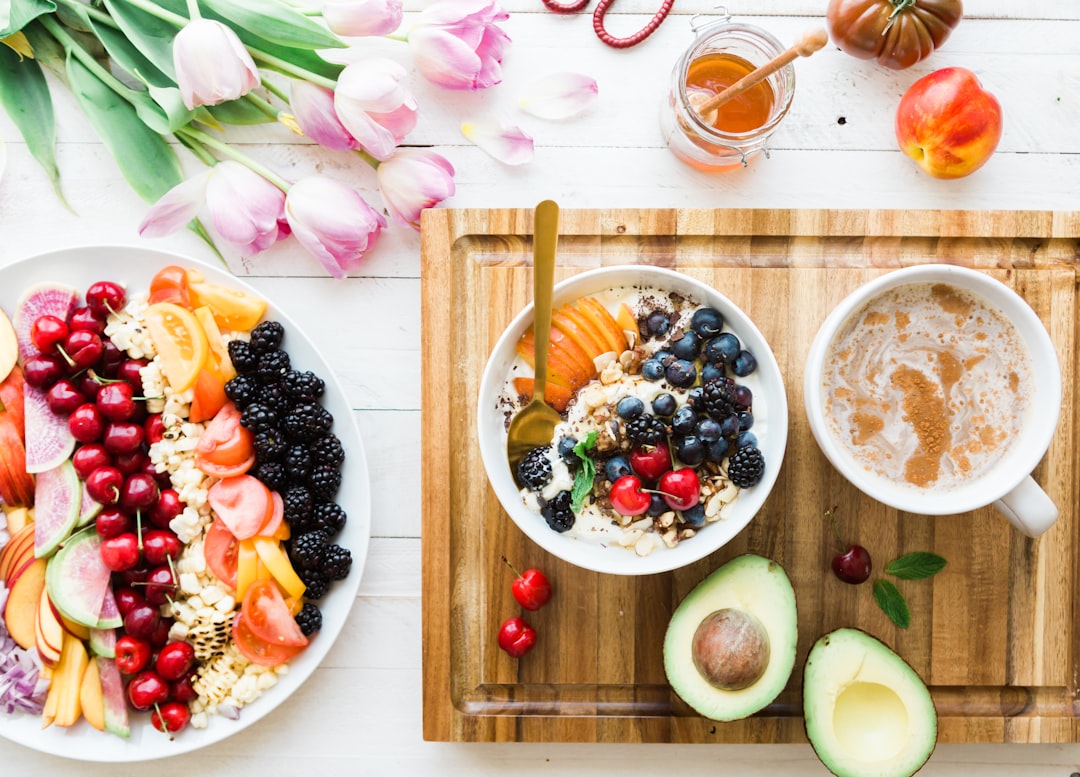When we hear the word "microorganisms," we often think of germs and diseases. But in the world of food science, microorganisms are both heroes and villains. They can spoil food and make us sick—but they can also create delicious products like cheese, yogurt, bread, and pickles. Welcome to the fascinating world of food microbiology, where the tiniest organisms play the biggest roles in what we eat.
What Is Food Microbiology?
Food microbiology is the branch of food science that studies the microorganisms that live in, on, or around our food. These include bacteria, yeasts, molds, and viruses. Some of them cause food spoilage or foodborne illnesses, while others are essential for fermentation, flavor development, and food preservation.
The study of food microbiology is vital for:
-
Ensuring food safety
-
Extending shelf life
-
Improving food quality
-
Creating fermented foods and beverages
The Good, The Bad, and The Useful
1. The Good: Beneficial Microorganisms
Some microbes are essential in the production of foods we love:
-
Lactic Acid Bacteria: Used in making yogurt, sour cream, sauerkraut, pickles, and kimchi. They ferment sugars into lactic acid, creating tangy flavors and preserving the food.
-
Yeasts: Especially Saccharomyces cerevisiae, which is used in bread-making (causing dough to rise) and alcohol production (beer, wine).
-
Molds: Certain molds are used in cheese-making, like Penicillium roqueforti for blue cheese.
These microorganisms help in:
-
Fermentation: Enhancing flavor, digestibility, and shelf life
-
Probiotic effects: Supporting gut health and immunity
-
Natural preservation: Lowering pH to inhibit harmful microbes
2. The Bad: Spoilage Microorganisms
These microbes don’t necessarily cause illness, but they make food unappealing and inedible:
-
Pseudomonas bacteria: Cause spoilage in dairy, meat, and fish.
-
Molds: Can cause rot and produce off-odors, discoloration, or fuzzy growths.
-
Yeasts: Can spoil sugary products like fruit juices, jams, and soft drinks.
Spoilage leads to economic loss and waste, so understanding these organisms helps producers design better storage and packaging systems.
3. The Dangerous: Pathogenic Microorganisms
Pathogens are harmful microbes that cause foodborne illnesses, sometimes with serious health consequences.
Some major culprits include:
-
Salmonella: Found in raw eggs, poultry, and unpasteurized milk.
-
Listeria monocytogenes: Can survive at refrigeration temperatures; dangerous for pregnant women and immunocompromised individuals.
-
Escherichia coli (E. coli O157:H7): Found in undercooked beef or contaminated vegetables.
-
Clostridium botulinum: Produces a deadly toxin; associated with improperly canned foods.
Proper cooking, refrigeration, and sanitation practices are key to minimizing these risks.
How Food Microbiologists Keep Our Food Safe
Food microbiologists work in labs and processing plants to:
-
Test products for contamination
-
Monitor hygiene during food production
-
Design preservation methods such as pasteurization, drying, freezing, and vacuum-sealing
-
Develop rapid detection methods for pathogens using biotechnology
Their work ensures that the food on your plate is not only tasty but safe to consume.
Microbial Control Methods in Food
To prevent microbial growth and ensure food safety, various techniques are used:
-
Thermal processing: Cooking, pasteurization, and sterilization
-
Cold storage: Refrigeration and freezing slow down microbial activity
-
Drying and dehydration: Reduce water activity, making it hard for microbes to grow
-
Fermentation: Uses "good" microbes to outcompete harmful ones
-
Chemical preservatives: Such as sorbic acid, benzoic acid, or natural alternatives like vinegar and salt
-
Packaging technologies: Modified atmosphere packaging (MAP) or vacuum packaging to inhibit spoilage
The Future of Food Microbiology
As food systems become more global and complex, food microbiology continues to evolve. Emerging areas of research include:
-
Microbiome studies: Understanding how gut bacteria interact with the food we eat
-
Biopreservation: Using natural microbes and their byproducts to preserve food safely
-
Rapid testing methods: Faster, more accurate detection of pathogens in food and water
-
Probiotic and functional foods: Developing foods that actively benefit health through live microbes
Conclusion
Food microbiology is a vital field that impacts every meal we eat. From preventing foodborne illnesses to crafting the perfect sourdough loaf, microorganisms are deeply intertwined with our food system. Understanding their roles helps us make smarter choices about food safety, storage, and nutrition—and deepens our appreciation for the science behind every bite.
So the next time you enjoy a spoonful of yogurt or open a can of preserved fruit, remember: you have tiny microbes—and the scientists who study them—to thank!

Comments
No comments yet. Be the first to comment!
You must be logged in to comment. Login